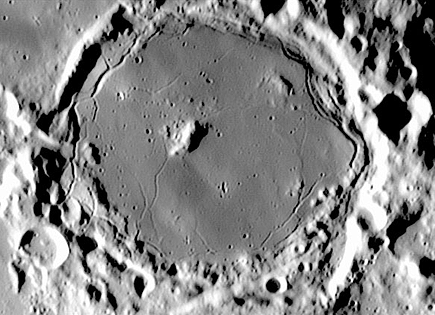Difference between revisions of "March 17, 2004"
| (One intermediate revision by the same user not shown) | |||
| Line 1: | Line 1: | ||
__NOTOC__ | __NOTOC__ | ||
=Awesome Pitatus= | =Awesome Pitatus= | ||
| + | <!-- Start of content --> | ||
<table width="640" border="0" align="center" cellpadding="6" cellspacing="2"> | <table width="640" border="0" align="center" cellpadding="6" cellspacing="2"> | ||
<tr> | <tr> | ||
| Line 62: | Line 63: | ||
</table> | </table> | ||
<p> </p> | <p> </p> | ||
| − | + | <!-- End of content --> | |
| − | + | {{wiki/ArticleFooter}} | |
| − | |||
| − | |||
| − | <!-- | ||
| − | |||
| − | |||
| − | |||
| − | |||
| − | |||
| − | |||
| − | |||
Latest revision as of 18:13, 7 February 2015
Awesome Pitatus
Image Credit: Bruno Daversin |
|
Awesome Pitatus Pitatus is one of the under-appreciated gems of the Moon. With a diameter of 97 km it is about the same width as Plato (101 km), but has a much more interesting interior. Presumably Pitatus was a Copernicus style crater when formed, with magnificent concentric wall terraces and a large central peak. Today the crater's rim is heavily battered by later impacts, the terraces are mush, the central peak is still there, and the floor is filled with mare lavas. What this extraordinary image shows is that Pitatus has an amazing system of rilles that hug the edges of the floor, with some fainter ones crossing it. In two places - the upper left (west) and the middle right (east) - the rille looks like the mare material it formed on was domed up, like a crack on the crust of home baked bread. Pitatus is another example of a floor-fractured crater - like Gassendi and Posidonius but its rilles are more concentrated around the floor edges. FFCs are thought to result from a magma intrusion that lifted the entire floor (hence the high - 480 m - central peak) and perhaps domed it, producing the tension craters around the edges. Technical Details: Related Links: Yesterday's LPOD: Lunar Ephemeris Tomorrow's LPOD: Bull's Eye! |
|
Author & Editor: |
COMMENTS?
Register, Log in, and join in the comments.




